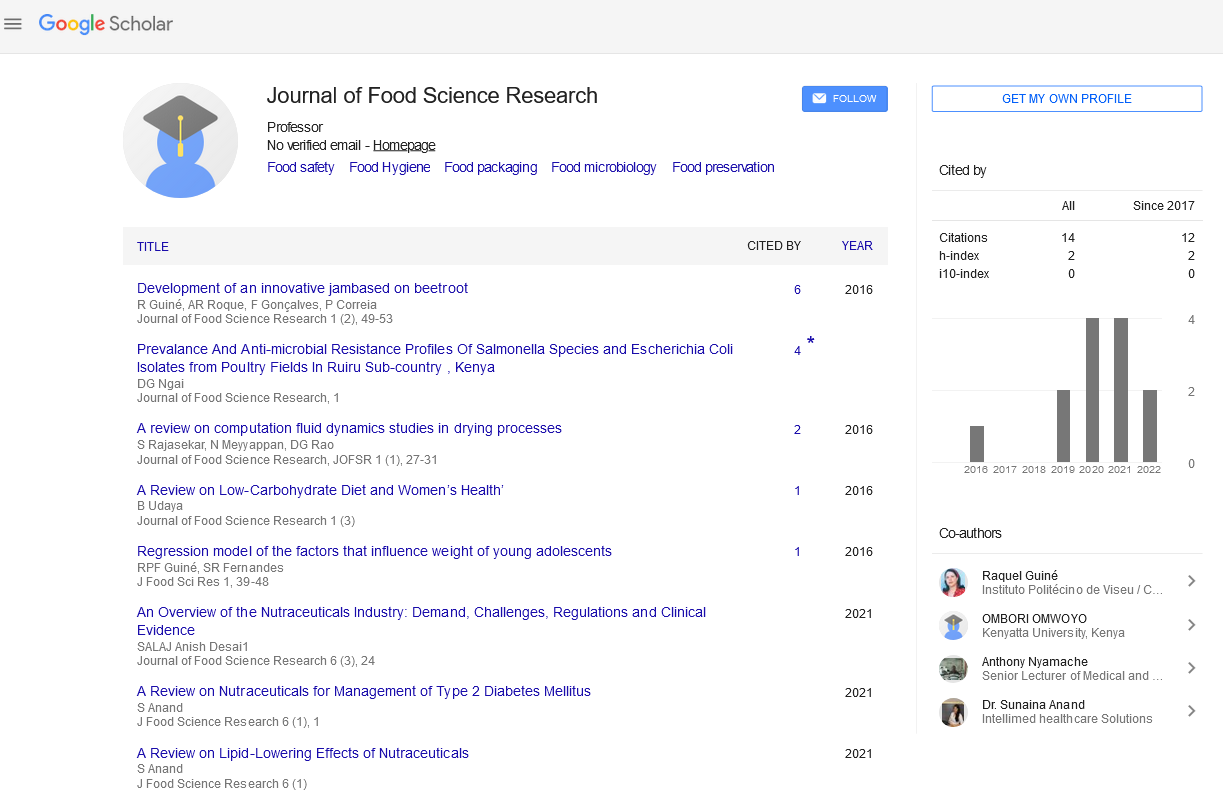Abstract
Traditional Fermented Foods of India
Author(s): Sunita MishraFood fermentation is a traditional method in India to preservation of food from pathogenic bacteria, fungi, and molds. In the fermentation, organic substances (sugar) mainly converted into alcohol like beer or wine. The main goals of food fermentation is enrichment of diet by development of different flavors, aromas, and textures, preservation of food by production of different acids like lactic acid, and acetic acid, elimination of anti-nutrients in food such as phytates that blocks digestion of minerals when consumed without proper cooked, and also decreases cooking time. In the current study, different raw foods fermented into katul, pendum, banana wine and other products. Katul is one of the famous traditional fermented food product of India that is consumed as a beverage, made up of rice powder paste. It has anti-oxidant, anti-microbial, anti-inflammatory, and anti-atherosclerotic activities. In addition, pendum (a traditional food of India), another beverage produced from fermented Gurji paste (Setaria italican Linn. Beauv.), which is consumed by human to refresh mood, get rid of tension and tiredness. Afterward banana wine is produced by using powdered rice cake and banana pulp in the present study. For the fermentation, microbes are usually required. Beside, fermentation process, it also contributing many health benefits. Among all microbes, lactic acid bacteria (LAB) are the most studied microorganism. These bacteria provide vitamins and minerals, and other biologically active products such as peptides and enzymes such as proteinase and peptidase.

